Going green, and why it’s profitable
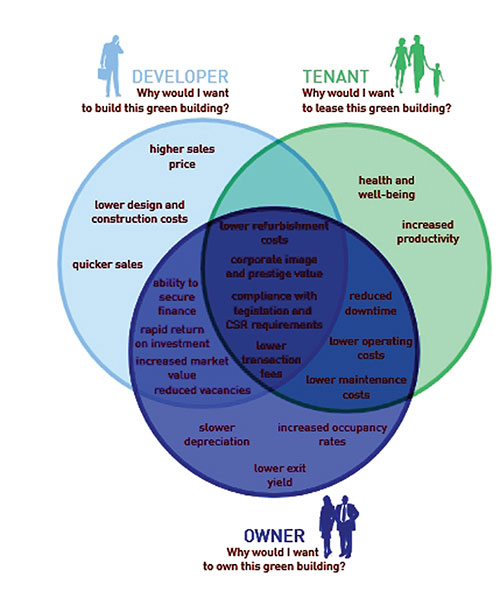
Electricity prices in Vietnam went up by 5 per cent in May. The power price increase coming a week after the retail fuel price surged to its highest ever rate. Given the recent price hikes on top of the four fold increases witnessed in 2011 and 2012, for the Vietnamese construction sector, it seems the demand for sustainable business practices and the pressure to maximise energy efficiency when developing ever higher buildings is of greater importance than ever before.
Companies that fail to grasp this reality risk becoming irrelevant in the Vietnamese marketplace. Yet, there are still many myths about building green, and the most oft-heard is cost.
There is a theory that you have to pick one, either economic benefits or environmental performance. But with sustainable business practices you can actually have both.
Building green is more expensive than conventional code-compliant buildings by as much as 10 to 29 per cent. This is the biggest myth because while a green building may be superficially expensive at first, the term is a relative one which loses meaning when life-cycle costs are taken into consideration. Cost is the drive and at the same time, a major obstacle of going green. Many investors see greening as a way of reducing capital outlay and improving returns. Yet, it is the cost factor that many think of as the biggest obstacle as a green building would require greater upfront capital.
In fact, research and studies world-wide show that the additional cost of design and construction for green buildings lie somewhere between 0.4 to 7 per cent, with the latter value corresponding to buildings of the highest levels of green building certifications such as LOTUS (Vietnam), Green Star (Australia), Leed (the US), Green Mark (Singapore) or BREEAM (the UK).
Evidence during the past 10 years also shows that for the majority of certified green buildings, up-front incremental costs range from 0 to 4 per cent. Naturally, in countries with less emphasis on embedding a green agenda into their construction codes and regulations, or where green products and solutions are not yet available locally, then the cost of building green could be higher. Vietnam serves as such an example.
The initial cost dilemma can only be solved when cost evaluation is made upon a building’s life-cycle cost rather than its upfront capital expenditure, in this case, the value of the upfront investment in green solutions.
Value can be understood as the ratio of building performance to cost. It can be increased by either improving performance or reducing cost, or having a higher percentage of performance improvement than cost increase.
As such, when putting together the cost benefits of green buildings on energy savings, increased worker productivity, safer indoor air quality, longevity of the building, smaller environmental footprint, the initial expenses do not seem so great.
On the contrary, given the rapid advances of science and technology and increasingly available green products and solutions, building costs for green-buildings can be equal or even less than conventional code-compliant buildings once an Integrated Design Process (IDP) coupled with best-practice construction is applied.
In short, green buildings are totally affordable. Any additional up-front costs should be out-weighed by the economic gains and numerous other benefits harvested during the life cycle of the buildings.
When green building aligns with market demand
Even if Vietnamese policy-makers and the country’s building codes don’t shift, the market will.
Many businesses in Vietnam are becoming more proactive in taking on environmental responsibility while driving down energy costs.
This trend is confirmed by the growth in the number of green buildings with LOTUS certification. As of 2013, there are nine on-going LOTUS projects nation-wide. This rating tool, developed by the Vietnam Green Building Council (VGBC), is the first green building rating system in Vietnam which consists of a set of international standards adapted to local conditions for the assessment of environmentally sustainable construction.
Obviously, certification standards through LOTUS are helping to define what green building means and inspiring traditional architects, builders and chief engineers to join the bandwagon while VGBC, as the country’s leading catalyst, has been instrumental in encouraging government, academic and private sector co-operation to achieve a more sustainably built environment.
High utility bills may seem like the signal of doom and gloom, but they just might be the biggest prime movers forcing the construction into compliance with green building standards.
Case study
The case of Big C’s Green Square Centre, a LOTUS-certified project, serves as an illustration of how the upfront investment in building performance pays dividends over time. Although there is a price difference between this eco-labeled project and a non eco-labeled one, Big C manages to save 23 per cent on its total energy consumption.
Furthermore, it can save more than 25 per cent on artificial lighting through the use of fluorescent T5 and LED luminaries. Moreover, 5.6 per cent of the total energy use of the building is covered by onsite renewable energy. For an upfront investment of VND20.7 billion ($974,000), green solutions ensure Big C with a payback period of eight years and energy savings of VND4.05 billion ($190,350) per year. The total saving that this represents to Big C’s investors is around a staggering VND12 billion ($568,320).
Cost myths solved
A common mistake made in the discussion of green buildings in Vietnam is that the costs and benefits of registering for green building certifications (eco-labeling) and the costs and benefits of incorporating green building features and practices are lumped together. In reality they should be considered separately.
Regardless of the source, whether via labeling or actual performance, there are a range of benefits for owners and occupiers when going green. Reduced operating costs, mainly associated with energy and other utility savings, improved productivity and other competitive advantages linked to marketing and image benefits are invaluable for companies in today’s market. In short, green buildings are beneficial to the environment, users, and can be financially beneficial to investors if systematic procedures of value engineering are implemented in the course of design development.
Through the case study of Big C’s Green Square Centre, the methodology of the process has been illustrated. The barriers towards achieving this best practice example are twofold: investor perception and consultants’ design methodology. After all, green buildings are performance-effective buildings that can only be achieved by performance-orientated effort.
What the stars mean:
★ Poor ★ ★ Promising ★★★ Good ★★★★ Very good ★★★★★ Exceptional
Latest News
More News
- Chip industry taking on new players (April 17, 2024 | 16:38)
- Support rises in semiconductor chip development in Vietnam (April 17, 2024 | 16:00)
- Beacon Investment Fund to expand Lotus Group's F&B operations (April 17, 2024 | 11:09)
- Public investment progress requires a stronger thrust (April 17, 2024 | 09:21)
- Disbursement delay deemed unacceptable (April 17, 2024 | 09:13)
- Lack of sand prompts alternatives for traffic projects (April 17, 2024 | 08:00)
- Vietnam asks Apple to make it global production base (April 16, 2024 | 16:11)
- SK E&S and T&T Group research LNG project in Quang Tri (April 16, 2024 | 15:38)
- Experts give insight into Vietnam's retail sector (April 16, 2024 | 09:00)
- Warburg Pincus invests in Xuyen A hospital chain (April 15, 2024 | 17:06)

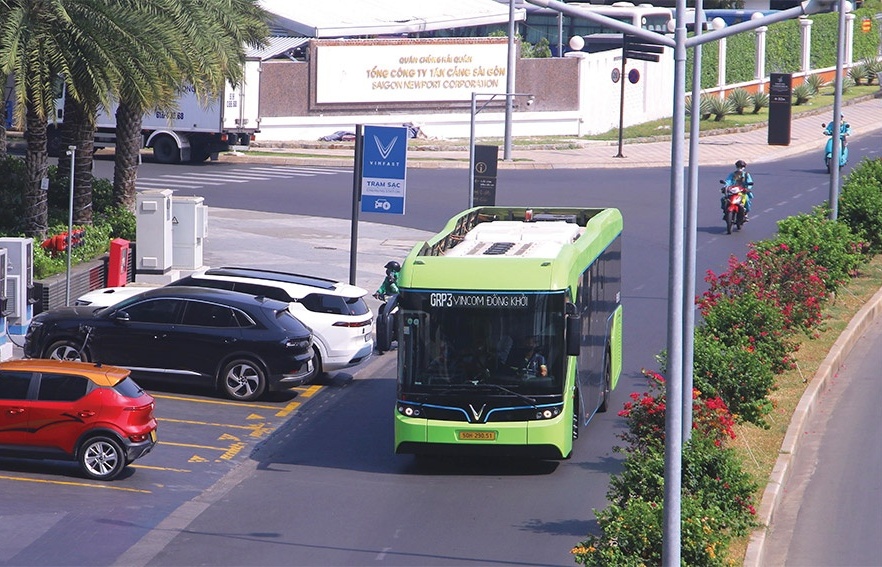
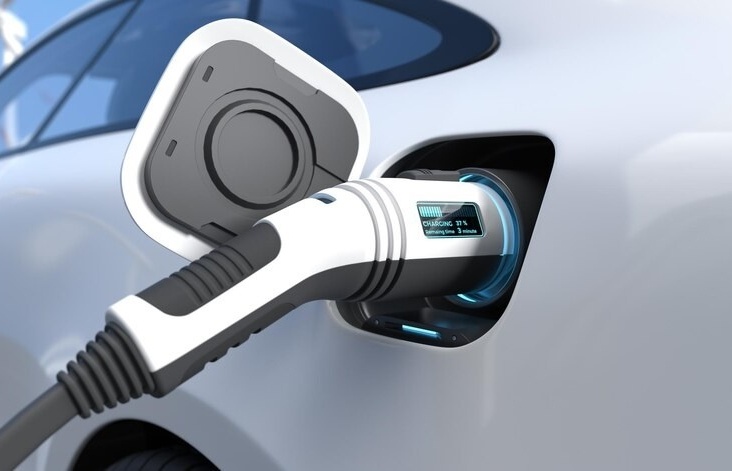
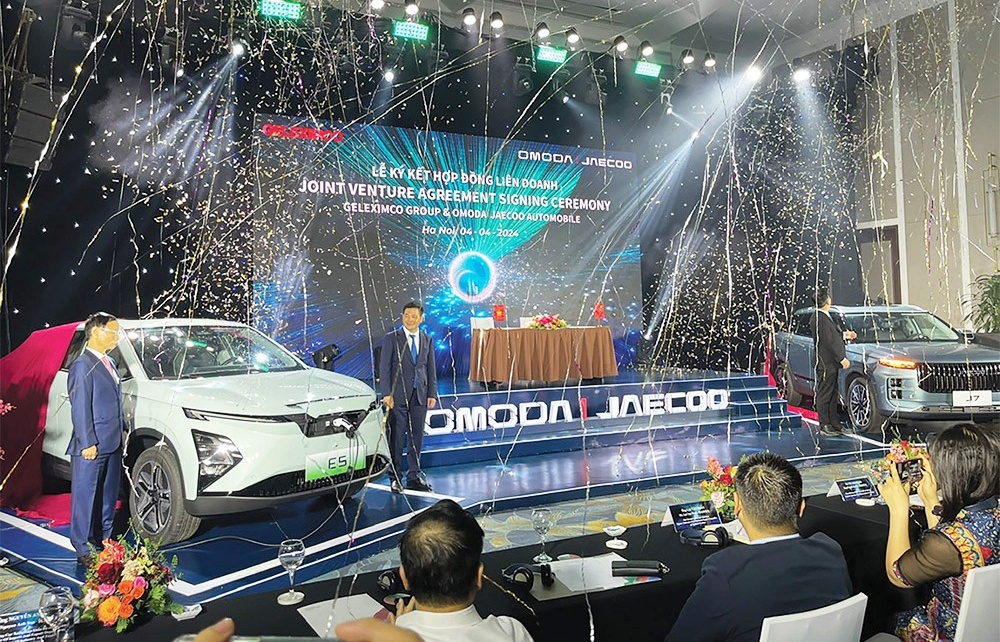
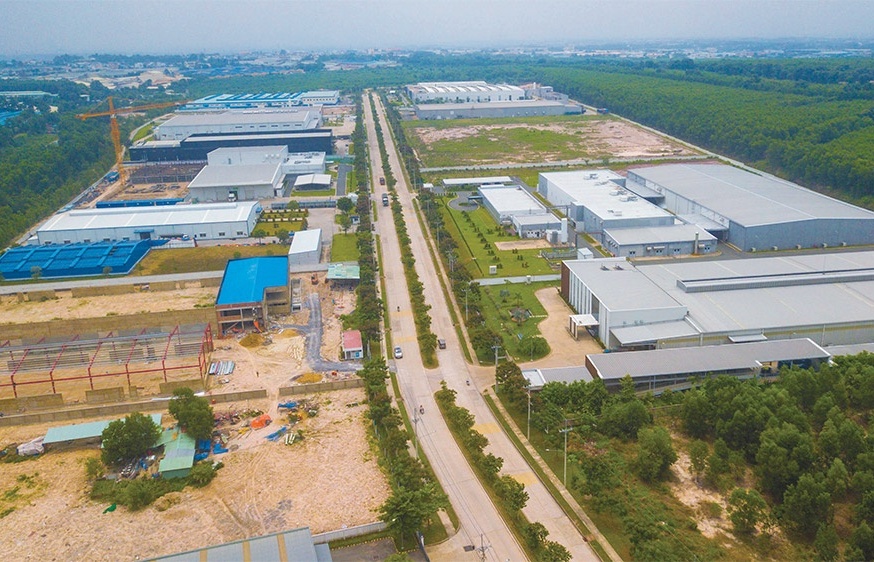

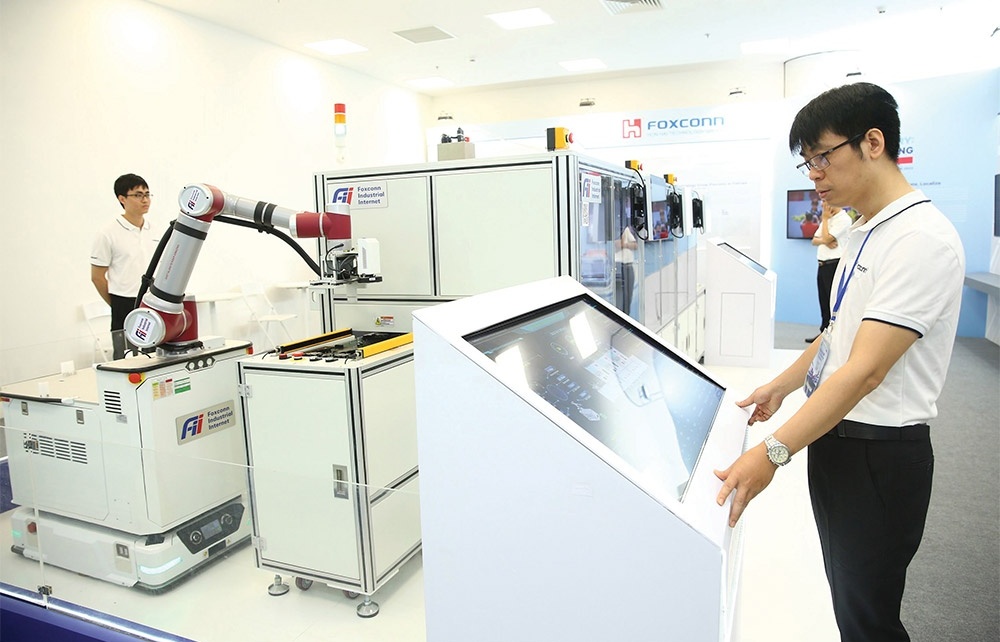



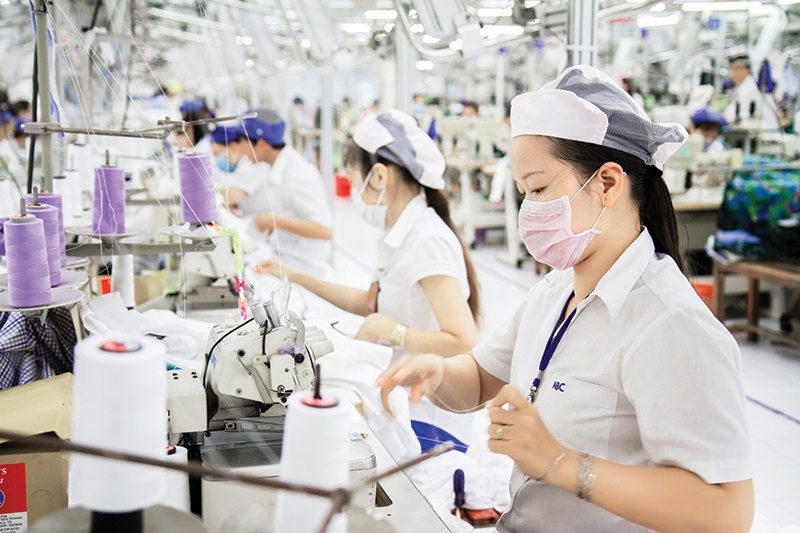
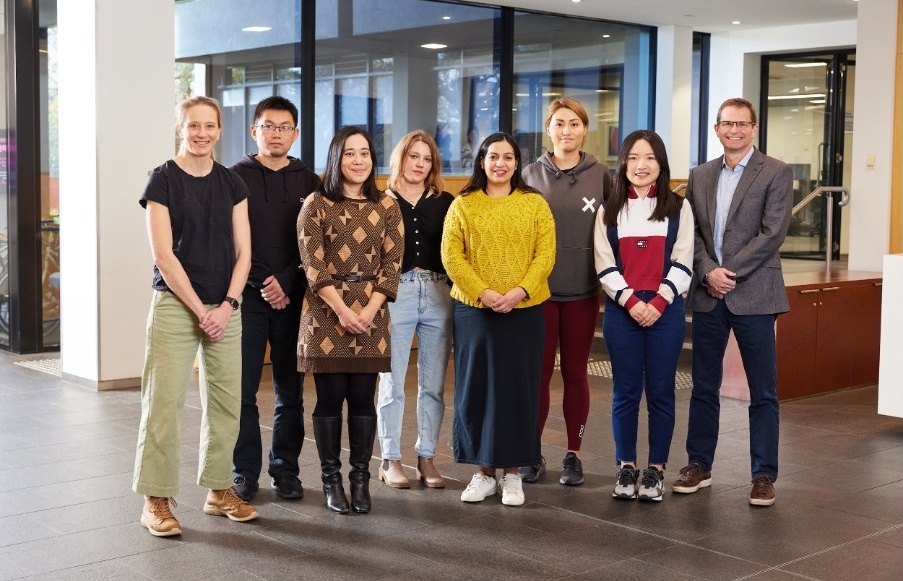
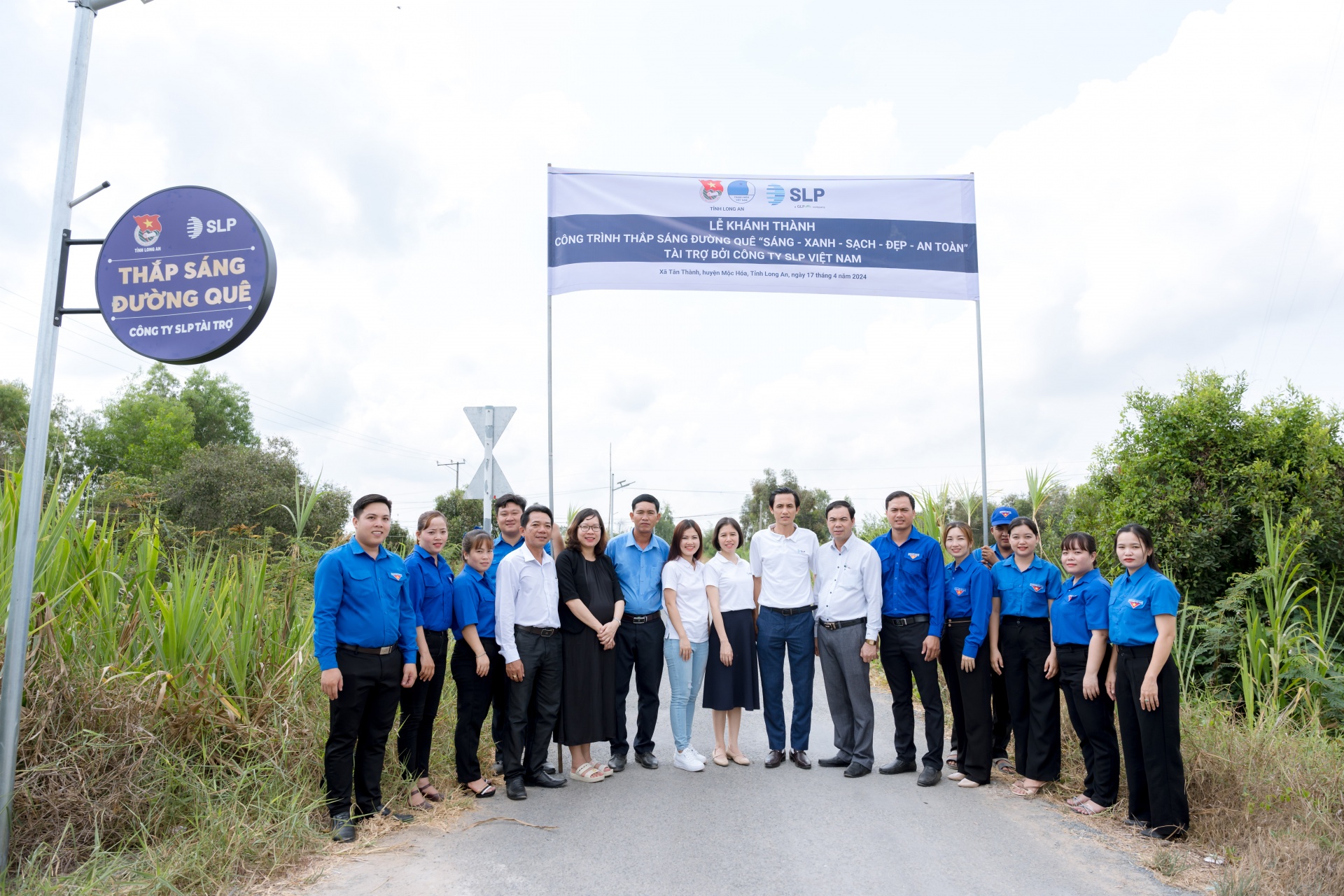



 Mobile Version
Mobile Version